Sustainable Development Goals
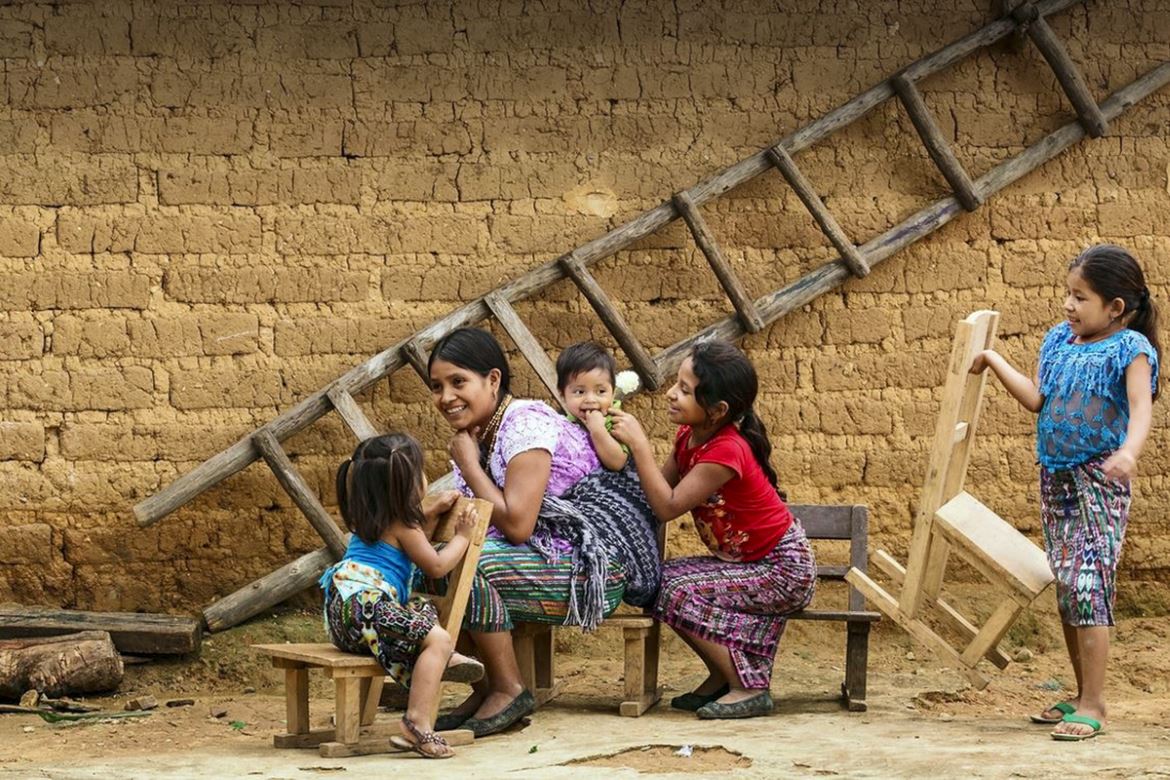
Goal #1 - No poverty
Eradicating poverty in all its forms remains one of the greatest challenges facing humanity. While the number of people living in extreme poverty dropped by more than half between 1990 and 2015 – from 1.9 billion to 836 million – too many are still struggling for the most basic human needs.
Globally, more than 800 million people are still living on less than US$1.25 a day, many lacking access to adequate food, clean drinking water and sanitation. Rapid economic growth in countries like China and India has lifted millions out of poverty, but progress has been uneven. Women are more likely to live in poverty than men due to unequal access to paid work, education and property.
Progress has also been limited in other regions, such as South Asia and sub-Saharan Africa, which account for 80 percent of those living in extreme poverty. New threats brought on by climate change, conflict and food insecurity, mean even more work is needed to bring people out of poverty.
The SDGs are a bold commitment to finish what we started, and end poverty in all forms and dimensions by 2030. This involves targeting the most vulnerable, increasing access to basic resources and services, and supporting communities affected by conflict and climate-related disasters.
Goal #2 - Zero hunger
Rapid economic growth and increased agricultural productivity over the past two decades have seen the number of undernourished people drop by almost half. Many developing countries that used to suffer from famine and hunger can now meet the nutritional needs of the most vulnerable. Central and East Asia, Latin America and the Caribbean have all made huge progress in eradicating extreme hunger.
These are all huge achievements in line with the targets set out by the first Millennium Development Goals. Unfortunately, extreme hunger and malnutrition remain a huge barrier to development in many countries. 795 million people are estimated to be chronically undernourished as of 2014, often as a direct consequence of environmental degradation, drought and loss of biodiversity. Over 90 million children under the age of five are dangerously underweight. And one person in every four still goes hungry in Africa.
The SDGs aim to end all forms of hunger and malnutrition by 2030, making sure all people – especially children – have access to sufficient and nutritious food all year round. This involves promoting sustainable agricultural practices: supporting small scale farmers and allowing equal access to land, technology and markets. It also requires international cooperation to ensure investment in infrastructure and technology to improve agricultural productivity. Together with the other goals set out here, we can end hunger by 2030.
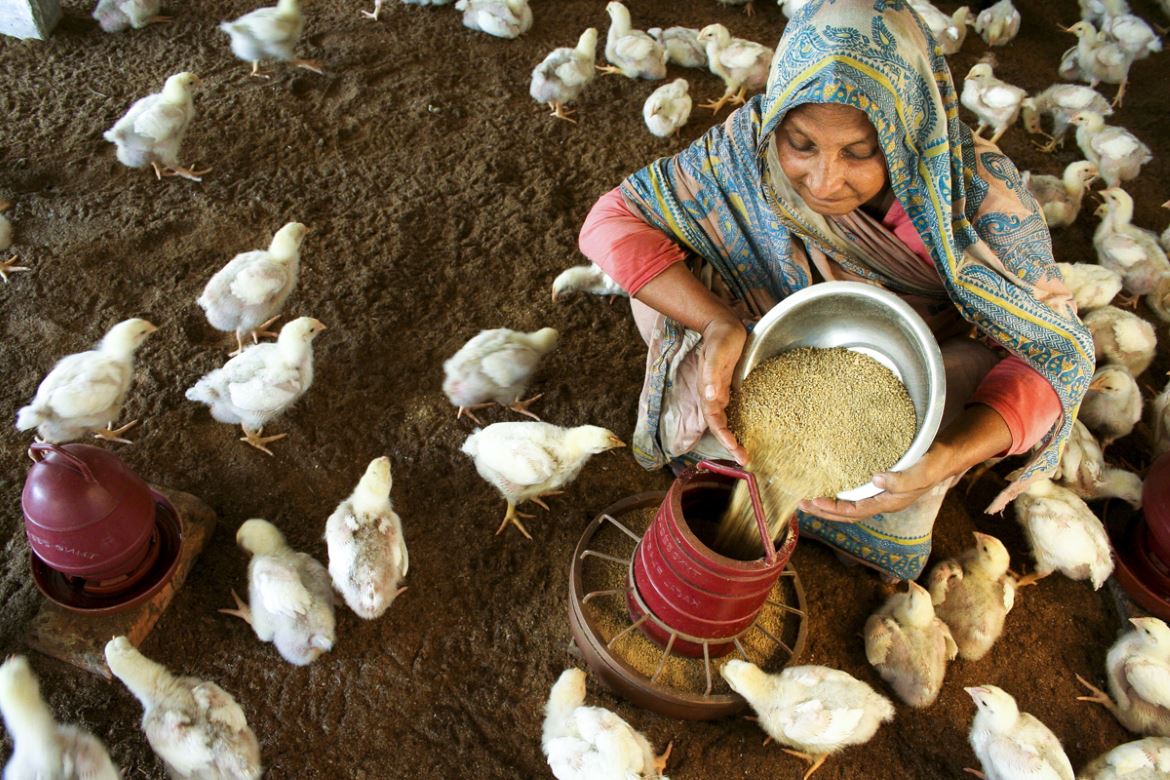
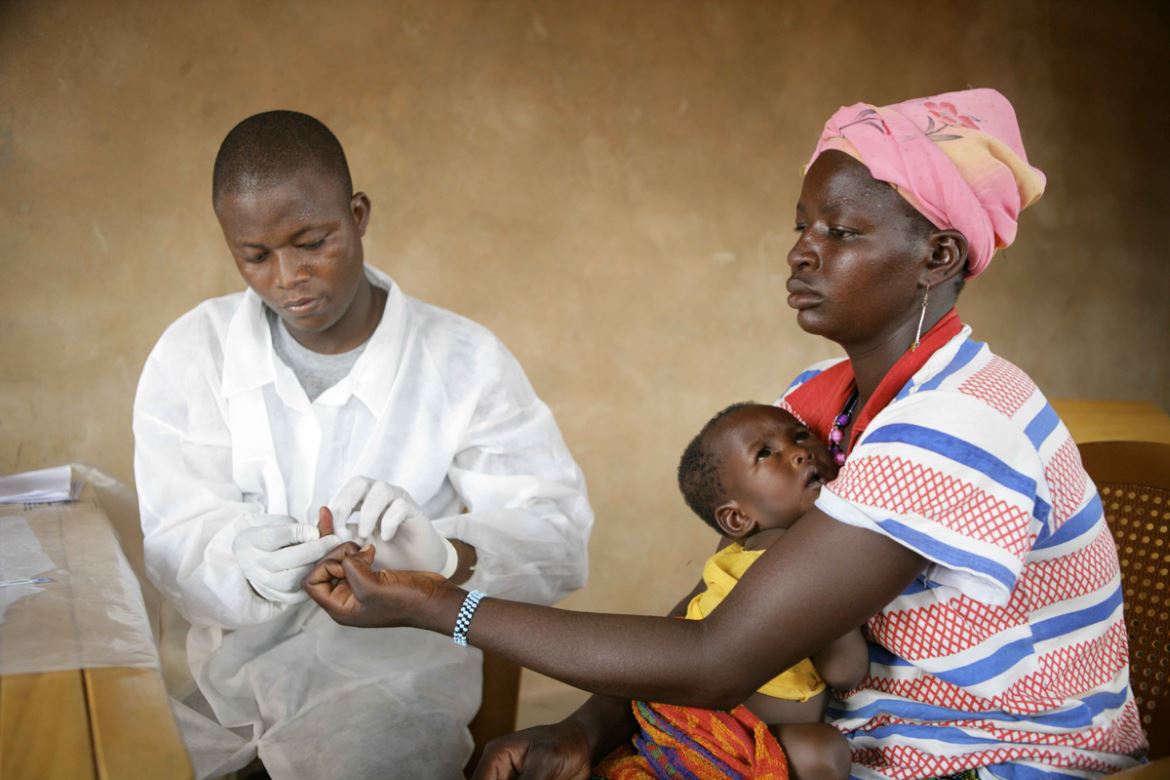
Goal #3 - Good health and well-being
We have made huge strides in reducing child mortality, improving maternal health and fighting HIV/AIDS, malaria and other diseases. Since 1990, there has been an over 50 percent decline in preventable child deaths globally. Maternal mortality also fell by 45 percent worldwide. New HIV/AIDS infections fell by 30 percent between 2000 and 2013, and over 6.2 million lives were saved from malaria.
Despite this incredible progress, more than 6 million children still die before their fifth birthday every year. 16,000 children die each day from preventable diseases such as measles and tuberculosis. Every day hundreds of women die during pregnancy or from child-birth related complications. In many rural areas, only 56 percent of births are attended by skilled professionals. AIDS is now the leading cause of death among teenagers in sub-Saharan Africa, a region still severely devastated by the HIV epidemic.
These deaths can be avoided through prevention and treatment, education, immunization campaigns, and sexual and reproductive healthcare. The Sustainable Development Goals make a bold commitment to end the epidemics of AIDS, tuberculosis, malaria and other communicable diseases by 2030. The aim is to achieve universal health coverage, and provide access to safe and affordable medicines and vaccines for all. Supporting research and development for vaccines is an essential part of this process as well.
Goal #4 - Quality education
Since 2000, there has been enormous progress in achieving the target of universal primary education. The total enrolment rate in developing regions reached 91 percent in 2015, and the worldwide number of children out of school has dropped by almost half. There has also been a dramatic increase in literacy rates, and many more girls are in school than ever before. These are all remarkable successes.
Progress has also been tough in some developing regions due to high levels of poverty, armed conflicts and other emergencies. In Western Asia and North Africa, ongoing armed conflict has seen an increase in the number of children out of school. This is a worrying trend. While Sub-Saharan Africa made the greatest progress in primary school enrolment among all developing regions – from 52 percent in 1990, up to 78 percent in 2012 – large disparities still remain. Children from the poorest households are up to four times more likely to be out of school than those of the richest households. Disparities between rural and urban areas also remain high.
Achieving inclusive and quality education for all reaffirms the belief that education is one of the most powerful and proven vehicles for sustainable development. This goal ensures that all girls and boys complete free primary and secondary schooling by 2030. It also aims to provide equal access to affordable vocational training, to eliminate gender and wealth disparities, and achieve universal access to a quality higher education.
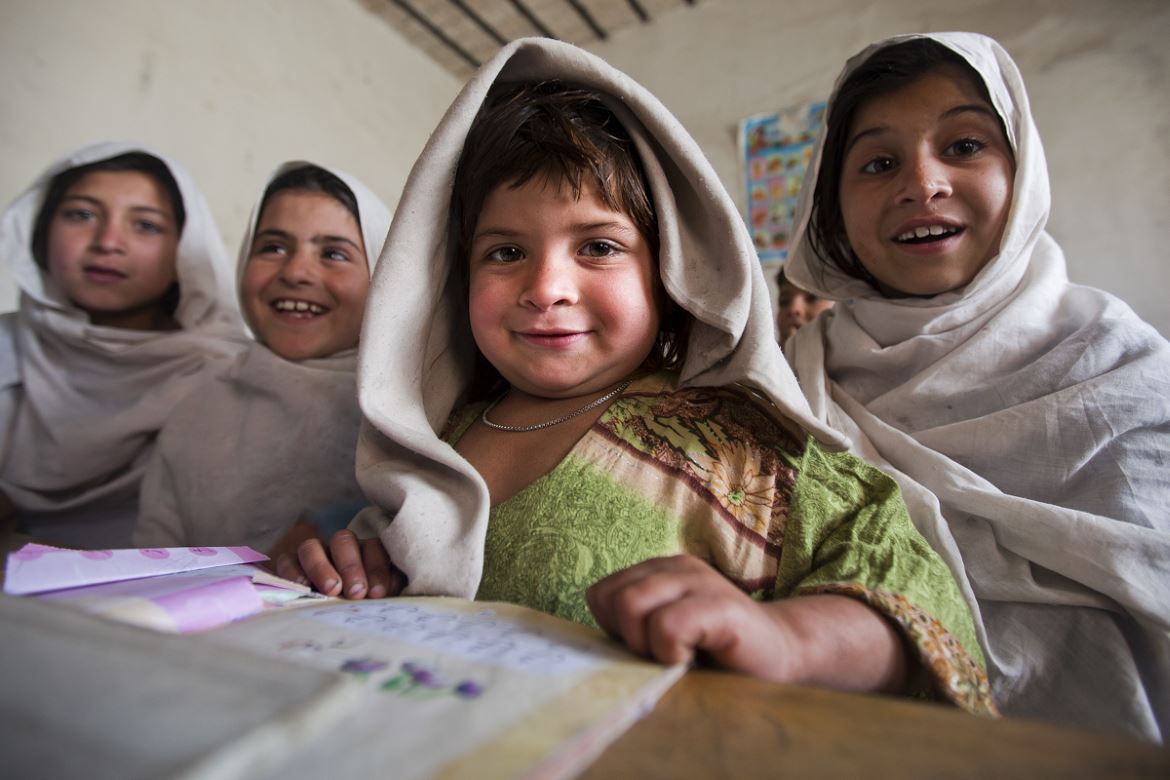
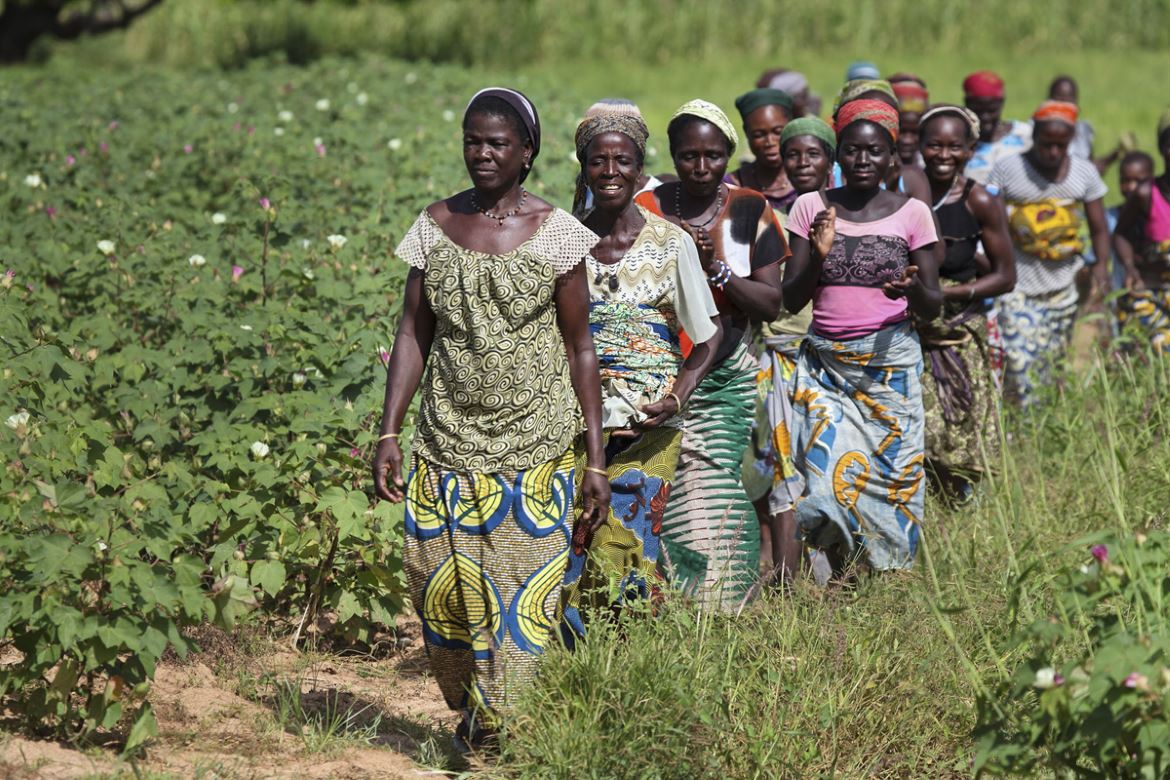
Goal #5 - Gender equality
Ending all forms of discrimination against women and girls is not only a basic human right, but it also crucial to accelerating sustainable development. It has been proven time and again, that empowering women and girls has a multiplier effect, and helps drive up economic growth and development across the board.
Since 2000, UNDP, together with our UN partners and the rest of the global community, has made gender equality central to our work. We have seen remarkable progress since then. More girls are now in school compared to 15 years ago, and most regions have reached gender parity in primary education. Women now make up to 41 percent of paid workers outside of agriculture, compared to 35 percent in 1990.
The SDGs aim to build on these achievements to ensure that there is an end to discrimination against women and girls everywhere. There are still huge inequalities in the labour market in some regions, with women systematically denied equal access to jobs. Sexual violence and exploitation, the unequal division of unpaid care and domestic work, and discrimination in public office, all remain huge barriers.
Affording women equal rights to economic resources such as land and property are vital targets to realizing this goal. So is ensuring universal access to sexual and reproductive health. Today there are more women in public office than ever before, but encouraging women leaders will help strengthen policies and legislation for greater gender equality.
Goal #6 - Clean water and sanitation
Water scarcity affects more than 40 percent of people around the world, an alarming figure that is projected to increase with the rise of global temperatures as a result of climate change. Although 2.1 billion people have gained access to improved water sanitation since 1990, dwindling supplies of safe drinking water is a major problem impacting every continent.
In 2011, 41 countries experienced water stress – 10 of which are close to depleting their supply of renewable freshwater and must now rely on alternative sources. Increasing drought and desertification is already worsening these trends. By 2050, it is projected that at least one in four people will be affected by recurring water shortages.
Ensuring universal access to safe and affordable drinking water for all by 2030 requires we invest in adequate infrastructure, provide sanitation facilities, and encourage hygiene at every level. Protecting and restoring water-related ecosystems such as forests, mountains, wetlands and rivers is essential if we are to mitigate water scarcity. More international cooperation is also needed to encourage water efficiency and support treatment technologies in developing countries.
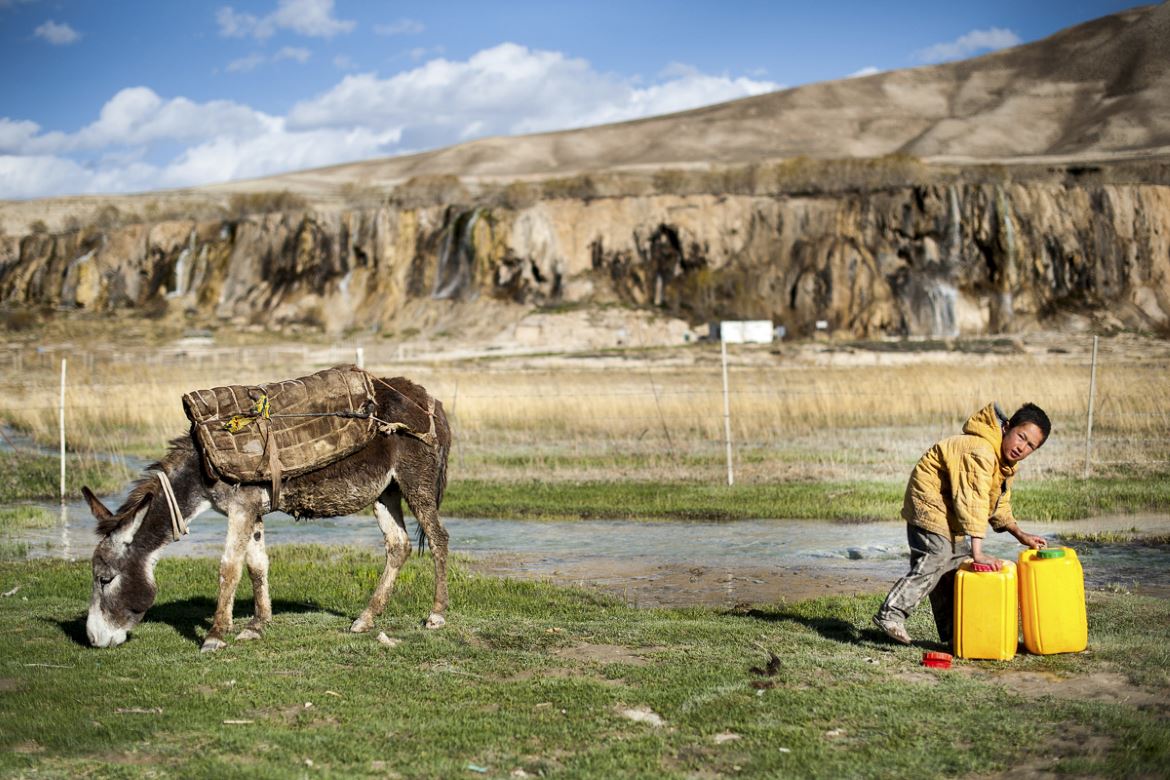
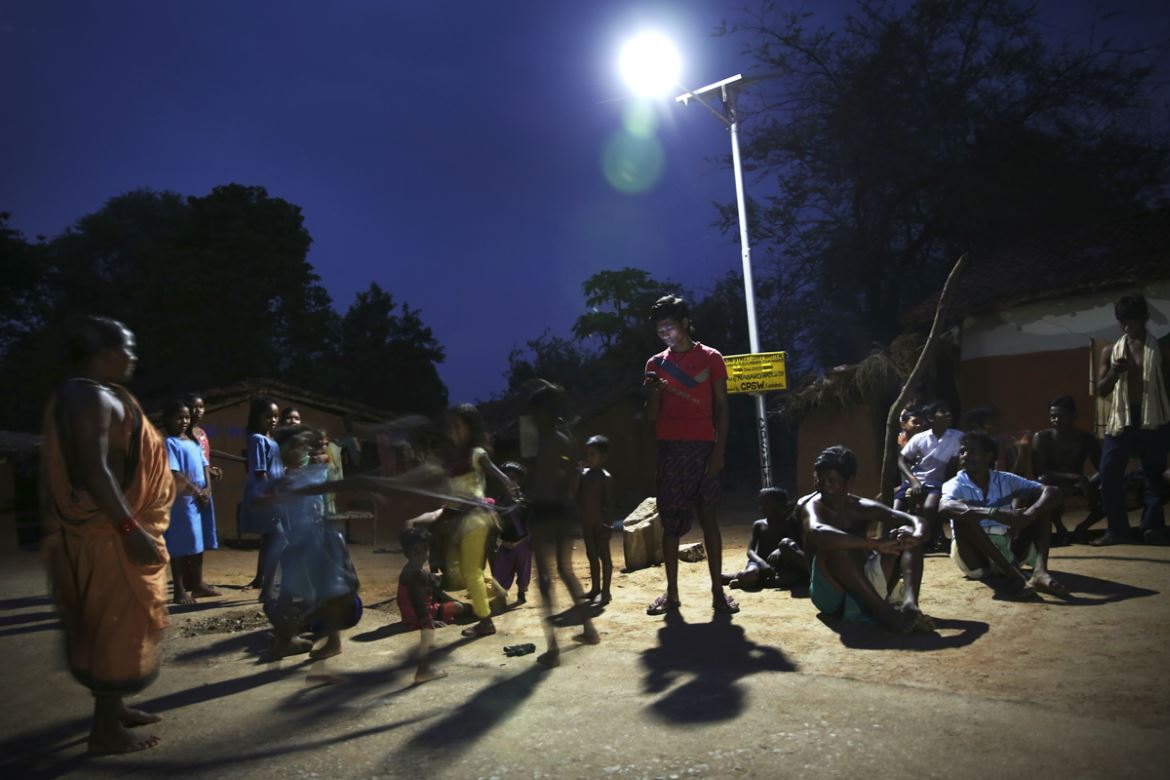
Goal #7 - Affordable and clean energy
Between 1990 and 2010, the number of people with access to electricity has increased by 1.7 billion, and as the global population continues to rise so will the demand for cheap energy. A global economy reliant on fossil fuels, and the increase of greenhouse gas emissions is creating drastic changes to our climate system. This is impacting every continent.
Efforts to encourage clean energy has resulted in more than 20 percent of global power being generated by renewable sources as of 2011. Still one in seven people lack access to electricity, and as the demand continues to rise there needs to be a substantial increase in the production of renewable energy across the world.
Ensuring universal access to affordable electricity by 2030 means investing in clean energy sources such as solar, wind and thermal. Adopting cost-effective standards for a wider range of technologies could also reduce the global electricity consumption by buildings and industry by 14 percent. This means avoiding roughly 1,300 mid-size power plants. Expanding infrastructure and upgrading technology to provide clean energy in all developing countries is a crucial goal that can both encourage growth and help the environment.
Goal #8 - Decent work and economic growth
Over the past 25 years the number of workers living in extreme poverty has declined dramatically, despite the lasting impact of the 2008 economic crisis and global recession. In developing countries, the middle class now makes up more than 34 percent of total employment – a number that has almost tripled between 1991 and 2015.
However, as the global economy continues to recover we are seeing slower growth, widening inequalities, and not enough jobs to keep up with a growing labour force. According to the International Labour Organization, more than 204 million people were unemployed in 2015.
The SDGs promote sustained economic growth, higher levels of productivity and technological innovation. Encouraging entrepreneurship and job creation are key to this, as are effective measures to eradicate forced labour, slavery and human trafficking. With these targets in mind, the goal is to achieve full and productive employment, and decent work, for all women and men by 2030.
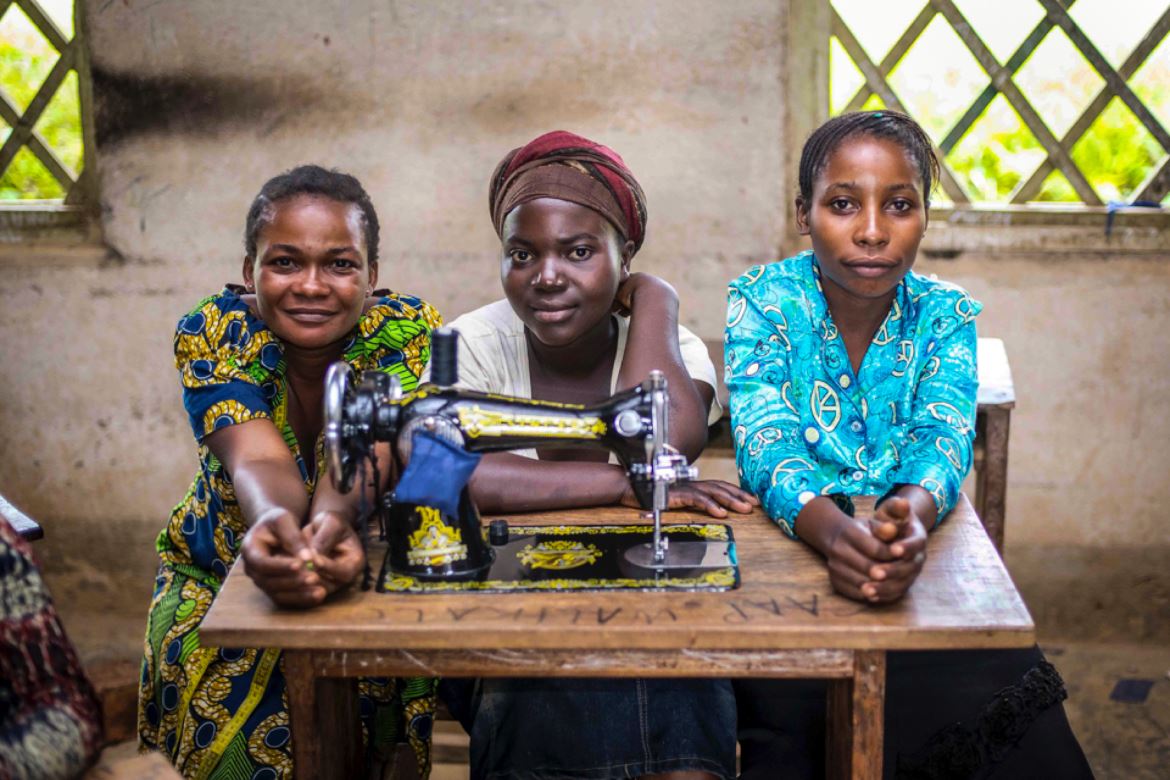
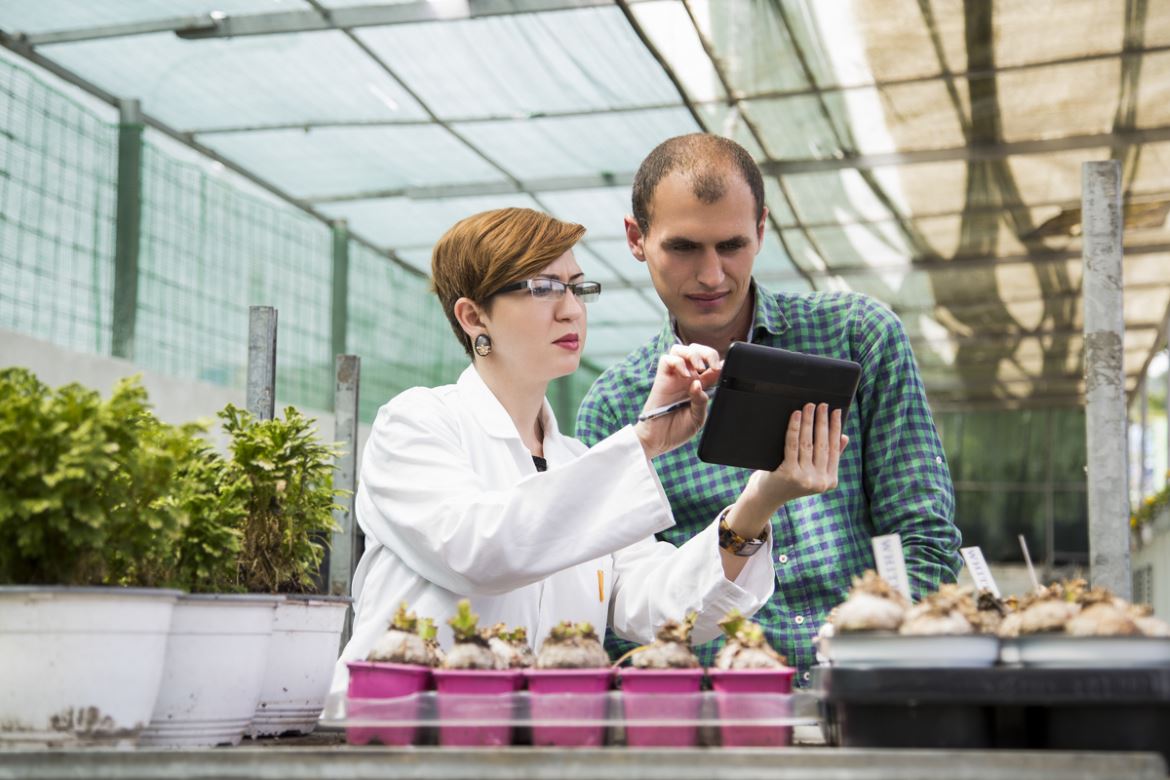
Goal #9 - Industry, innovation and infrastructure
Investment in infrastructure and innovation are crucial drivers of economic growth and development. With over half the world population now living in cities, mass transport and renewable energy are becoming ever more important, as are the growth of new industries and information and communication technologies.
Technological progress is also key to finding lasting solutions to both economic and environmental challenges, such as providing new jobs and promoting energy efficiency. Promoting sustainable industries, and investing in scientific research and innovation, are all important ways to facilitate sustainable development.
More than 4 billion people still do not have access to the Internet, and 90 percent are from the developing world. Bridging this digital divide is crucial to ensure equal access to information and knowledge, as well as foster innovation and entrepreneurship.
Goal #10 - Reduced inequalities
It is well documented that income inequality is on the rise, with the richest 10 percent earning up to 40 percent of total global income. The poorest 10 percent earn only between 2 percent and 7 percent of total global income. In developing countries, inequality has increased by 11 percent if we take into account the growth of population.
These widening disparities require the adoption of sound policies to empower the bottom percentile of income earners, and promote economic inclusion of all regardless of sex, race or ethnicity.
Income inequality is a global problem that requires global solutions. This involves improving the regulation and monitoring of financial markets and institutions, encouraging development assistance and foreign direct investment to regions where the need is greatest. Facilitating the safe migration and mobility of people is also key to bridging the widening divide.
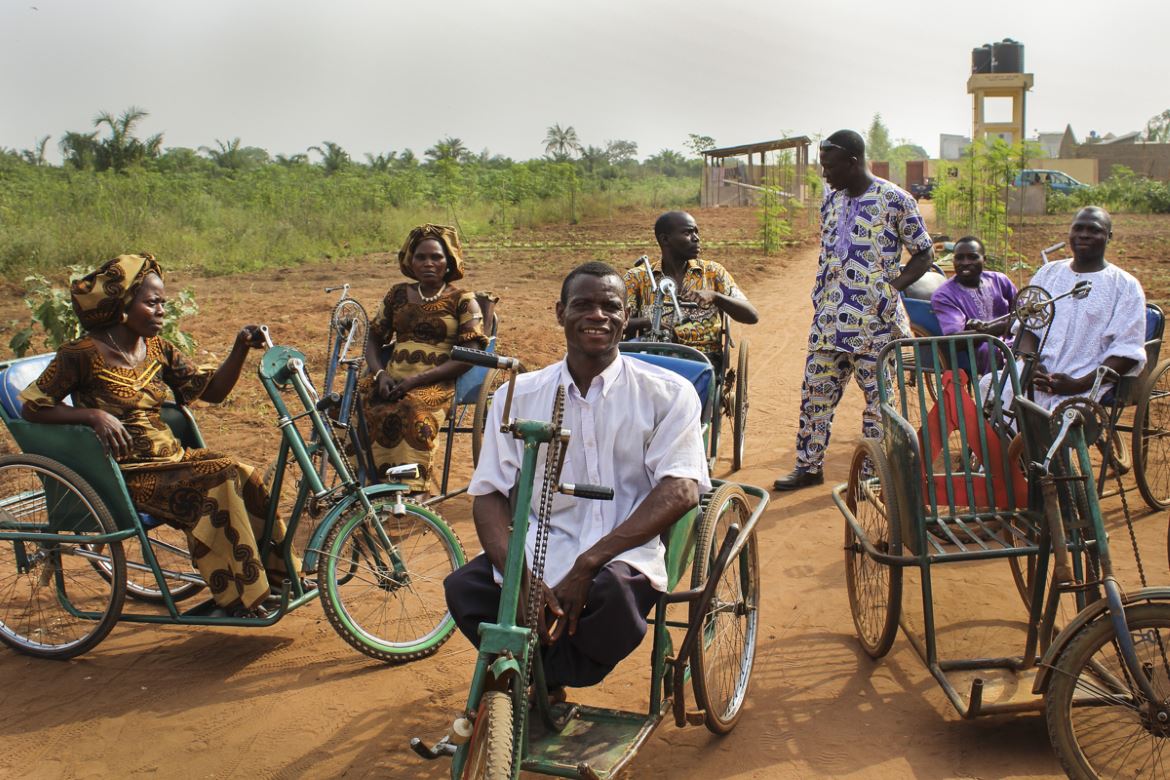
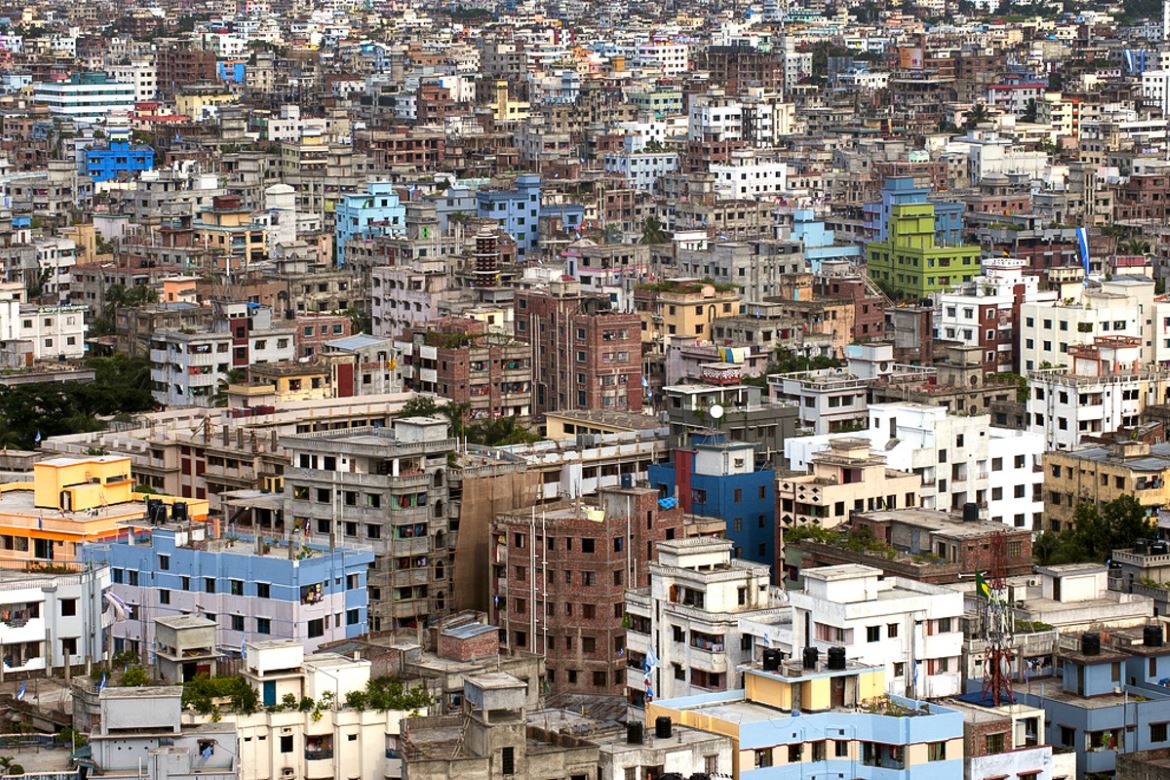
Goal #11 - Sustainable cities and communities
More than half of the world’s population now live in urban areas. By 2050, that figure will have risen to 6.5 billion people – two-thirds of all humanity. Sustainable development cannot be achieved without significantly transforming the way we build and manage our urban spaces.
The rapid growth of cities in the developing world, coupled with increasing rural to urban migration, has led to a boom in mega-cities. In 1990, there were ten mega-cities with 10 million inhabitants or more. In 2014, there are 28 mega-cities, home to a total 453 million people.
The rapid growth of cities in the developing world, coupled with increasing rural to urban migration, has led to a boom in mega-cities. In 1990, there were ten mega-cities with 10 million inhabitants or more. In 2014, there are 28 mega-cities, home to a total 453 million people.
Goal #12 - Responsible consumption and production
Achieving economic growth and sustainable development requires that we urgently reduce our ecological footprint by changing the way we produce and consume goods and resources. Agriculture is the biggest user of water worldwide, and irrigation now claims close to 70 percent of all freshwater for human use.
The efficient management of our shared natural resources, and the way we dispose of toxic waste and pollutants, are important targets to achieve this goal. Encouraging industries, businesses and consumers to recycle and reduce waste is equally important, as is supporting developing countries to move towards more sustainable patterns of consumption by 2030.
A large share of the world population is still consuming far too little to meet even their basic needs. Halving the per capita of global food waste at the retailer and consumer levels is also important for creating more efficient production and supply chains. This can help with food security, and shift us towards a more resource efficient economy.
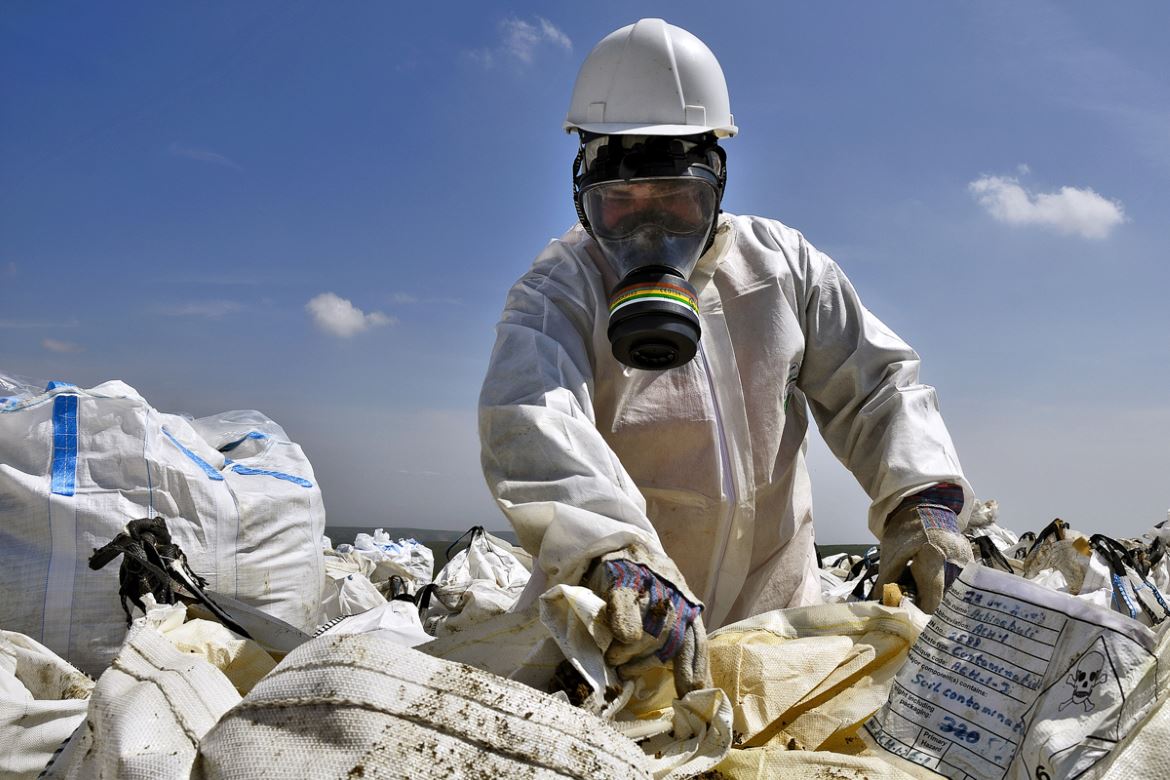

Goal #13 - Climate action
There is no country in the world that is not experiencing first-hand the drastic effects of climate change. Greenhouse gas emissions continue to rise, and are now more than 50 percent higher than their 1990 level. Further, global warming is causing long-lasting changes to our climate system, which threatens irreversible consequences if we do not take action now.
The annual average losses from tsunamis, tropical cyclones and flooding amount to hundreds of billions of dollars, requiring an investment of US$6 billion annually in disaster risk management alone. The goal aims to mobilize $100 billion annually by 2020 to address the needs of developing countries and help mitigate climate-related disasters.
Helping more vulnerable regions, such as land locked countries and island states, adapt to climate change must go hand in hand with efforts to integrate disaster risk measures into national strategies. It is still possible, with the political will and a wide array of technological measures, to limit the increase in global mean temperature to two degrees Celsius above pre-industrial levels. This requires urgent collective action.
Goal #14 - Life Below Water
The world’s oceans – their temperature, chemistry, currents and life – drive global systems that make the Earth habitable for humankind. How we manage this vital resource is essential for humanity as a whole, and to counter balance the effects of climate change.
Over three billion people depend on marine and coastal biodiversity for their livelihoods. However, today we are seeing 30 percent of the world’s fish stocks overexploited, reaching below the level at which they can produce sustainable yields.
Oceans also absorb about 30 percent of the carbon dioxide produced by humans, and we are seeing a 26 percent rise in ocean acidification since the beginning of the industrial revolution. Marine pollution, an overwhelming majority of which comes from land-based sources, is reaching alarming levels, with an average of 13,000 pieces of plastic litter to be found on every square kilometre of ocean.
The SDGs aim to sustainably manage and protect marine and coastal ecosystems from pollution, as well as address the impacts of ocean acidification. Enhancing conservation and the sustainable use of ocean-based resources through international law will also help mitigate some of the challenges facing our oceans.


Goal #15 - Life on land
Human life depends on the earth as much as the ocean for our sustenance and livelihoods. Plant life provides 80 percent of our human diet, and we rely on agriculture as an important economic resource and means of development. Forests account for 30 percent of the Earth’s surface, providing vital habitats for millions of species and important sources for clean air and water; as well as being crucial for combating climate change.
Today we are seeing unprecedented land degradation, and the loss of arable land at 30 to 35 times the historical rate. Drought and desertification is also on the rise each year, amounting to the loss of 12 million hectares and affects poor communities globally. Of the 8,300 animal breeds known, 8 percent are extinct and 22 percent are at risk of extinction.
The SDGs aim to conserve and restore the use of terrestrial ecosystems such as forests, wetlands, drylands and mountains by 2020. Halting deforestation is also vital to mitigating the impact of climate change. Urgent action must be taken to reduce the loss of natural habitats and biodiversity which are part of our common heritage.
Goal #16 - Peace, justice and strong institutions
Without peace, stability, human rights and effective governance, based on the rule of law - we cannot hope for sustainable development. We are living in a world that is increasingly divided. Some regions enjoy sustained levels of peace, security and prosperity, while others fall into seemingly endless cycles of conflict and violence. This is by no means inevitable and must be addressed.
High levels of armed violence and insecurity have a destructive impact on a country’s development, affecting economic growth and often resulting in long standing grievances that can last for generations. Sexual violence, crime, exploitation and torture are also prevalent where there is conflict or no rule of law, and countries must take measures to protect those who are most at risk.
The SDGs aim to significantly reduce all forms of violence, and work with governments and communities to find lasting solutions to conflict and insecurity. Strengthening the rule of law and promoting human rights is key to this process, as is reducing the flow of illicit arms and strengthening the participation of developing countries in the institutions of global governance.

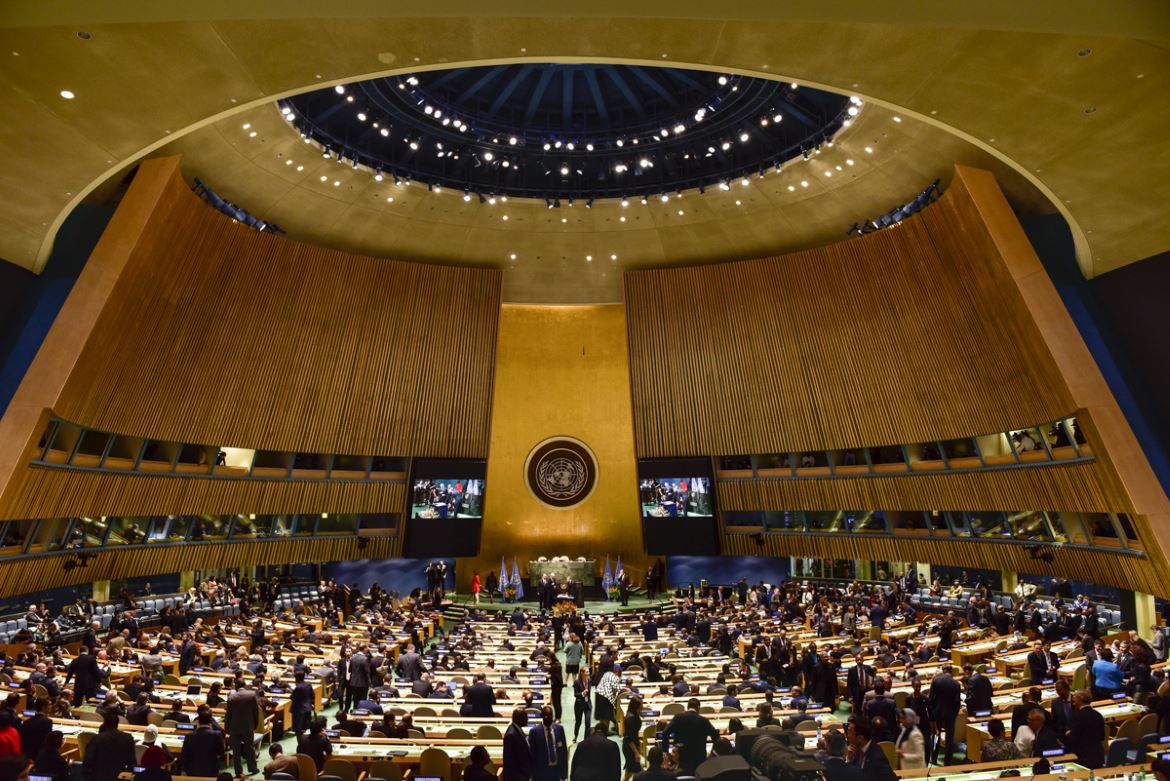
Goal #17 - Partnerships for the goals
The SDGs can only be realized with a strong commitment to global partnership and cooperation. While official development assistance from developed countries increased by 66 percent between 2000 and 2014, humanitarian crises brought on by conflict or natural disasters continue to demand more financial resources and aid. Many countries also require Official Development Assistance to encourage growth and trade.
The world today is more interconnected than ever before. Improving access to technology and knowledge is an important way to share ideas and foster innovation. Coordinating policies to help developing countries manage their debt, as well as promoting investment for the least developed, is vital to achieve sustainable growth and development.
The goals aim to enhance North-South and South-South cooperation by supporting national plans to achieve all the targets. Promoting international trade, and helping developing countries increase their exports, is all part of achieving a universal rules-based and equitable trading system that is fair and open, and benefits all.
Get in touch
-
Innovatie Attaché Netwerk
-
Embassy of the Netherlands in Israel, Economic Department
-
14 Abba Hillel Street, Ramat Gan 5250607
